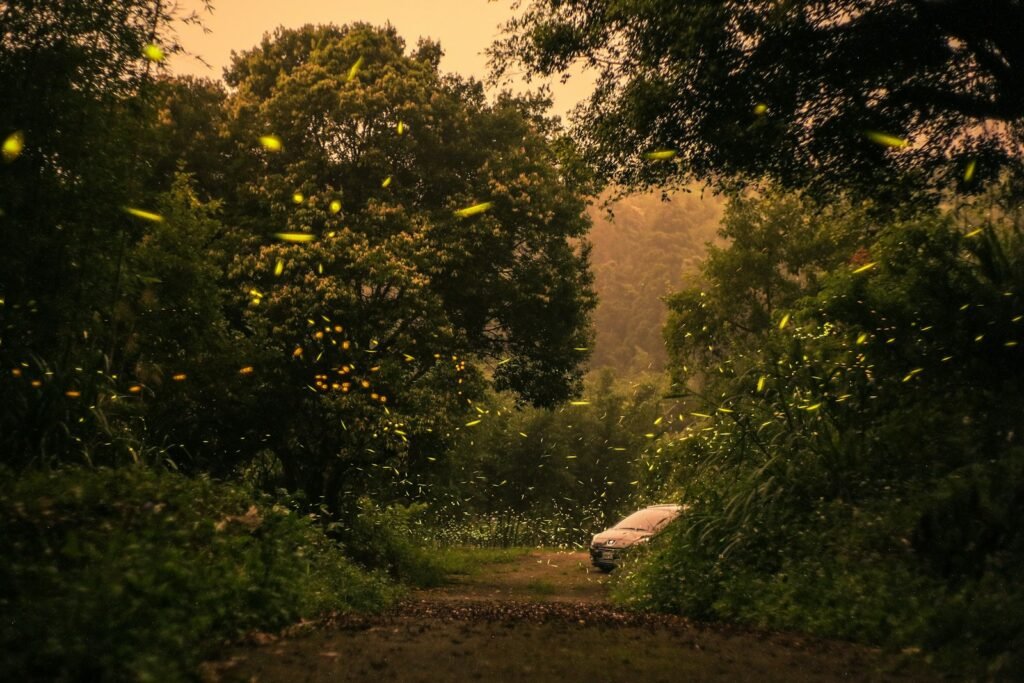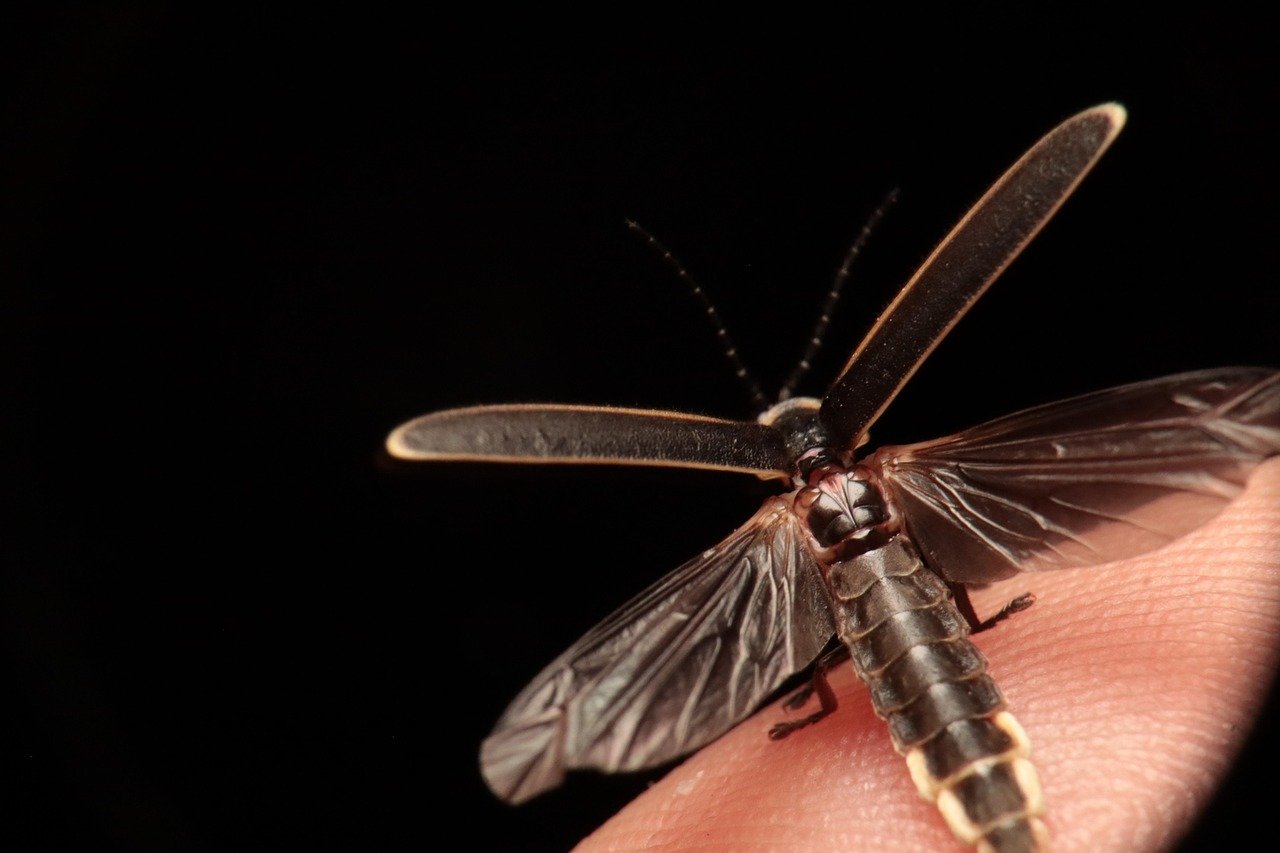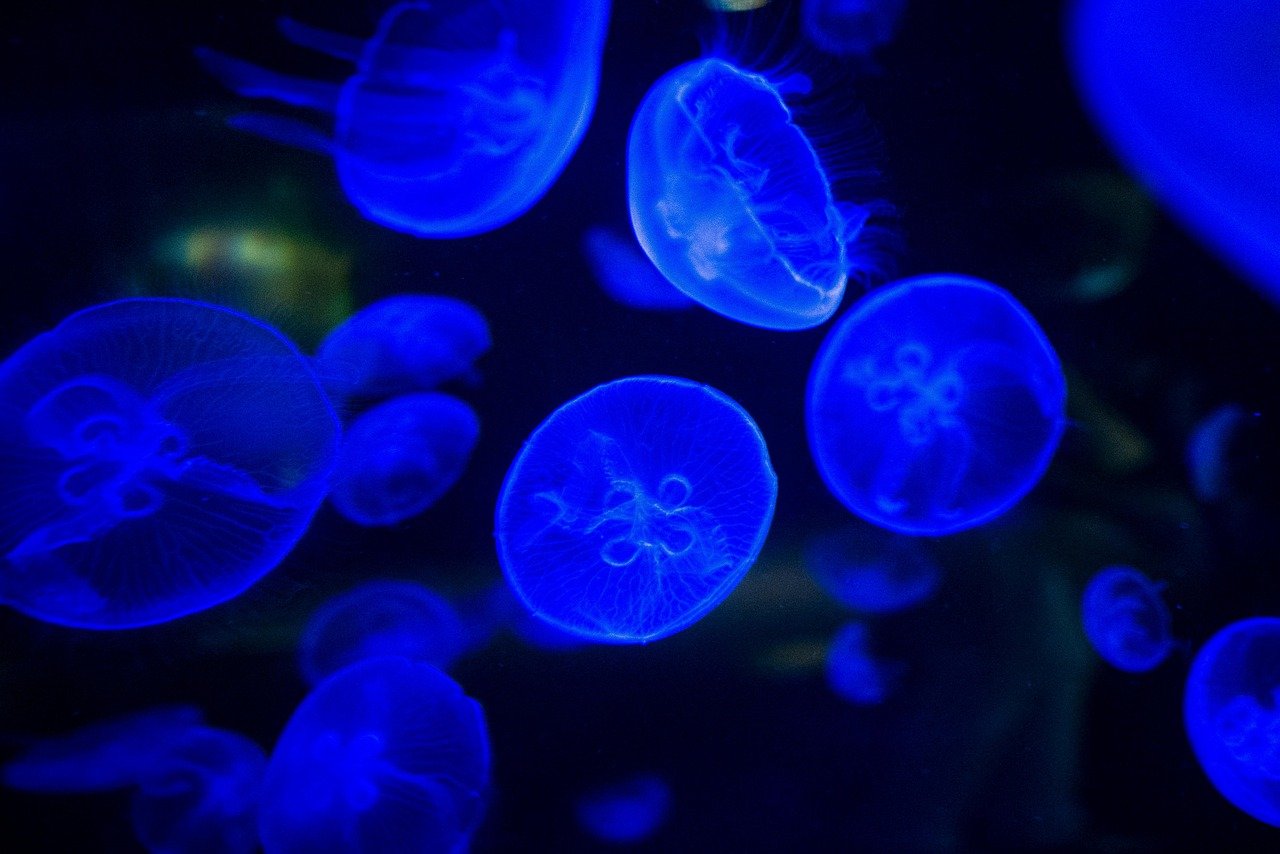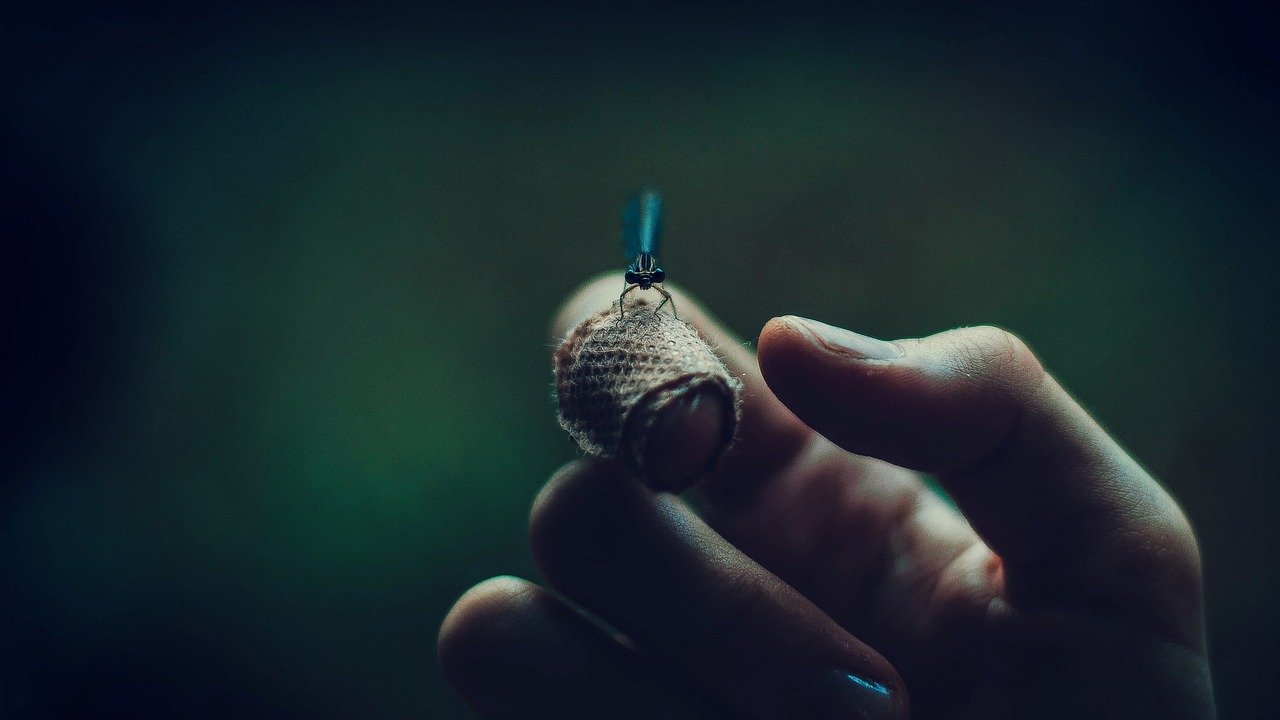Imagine a warm summer evening, the air is filled with the soft glow of tiny lights dancing across the night sky. These are fireflies, nature’s very own lanterns, enchanting us with their bioluminescent displays. But have you ever wondered how these small creatures produce light without generating heat? The secret lies in a fascinating blend of chemistry and biology that allows fireflies to glow in a way that resembles magic but is purely scientific.
The Chemistry of Bioluminescence
At the heart of a firefly’s glow is a chemical reaction known as bioluminescence. This process involves a molecule called luciferin, an enzyme named luciferase, oxygen, and a few other compounds. When luciferin interacts with luciferase in the presence of oxygen, it produces light. This reaction is incredibly efficient, meaning almost all the energy is released as light rather than heat. This is why fireflies can glow so brightly without burning up, much like a light bulb that stays cool to the touch.
The Role of Oxygen in Light Production

Fireflies have a unique ability to control the flow of oxygen to their light-producing organs. Tiny tubes within their bodies, called tracheoles, transport oxygen directly to the cells where the chemical reaction occurs. By regulating the oxygen supply, fireflies can turn their lights on and off, creating the characteristic blinking patterns we see. This control over oxygen flow is essential for their survival, as it allows them to conserve energy and only produce light when necessary, such as during mating displays.
The Purpose Behind the Glow

The mesmerizing glow of fireflies serves several important purposes. Primarily, it is used for attracting mates. Male fireflies flash specific patterns to signal their presence to females, who respond with their own unique flashes. This luminous dialogue is a critical part of their reproductive process. Additionally, the light can serve as a warning to predators. Many firefly species contain chemicals that make them taste bad or even toxic, and their glow acts as a deterrent, signaling their unpalatability.
Variations Across Firefly Species

Not all fireflies glow the same way; there is a wide variety of flashing patterns and colors across different species. Some fireflies produce a steady glow, while others emit rapid bursts of light. The color of the light can range from yellow to green to even a pale red, depending on the species. These variations are due to differences in the chemical makeup of luciferin and luciferase, as well as the way oxygen is managed within their bodies. This diversity in light production reflects the evolutionary adaptations of different firefly species to their respective environments.
Bioluminescence Beyond Fireflies

While fireflies are the most familiar example, bioluminescence is a phenomenon found in various organisms, from deep-sea fish to certain fungi. This ability to produce light has evolved independently in different species, each using it for unique purposes. In the ocean, for example, bioluminescence can be used for camouflage, communication, and attracting prey. The study of these organisms provides valuable insights into the mechanisms of bioluminescence and its potential applications in technology and medicine.
Scientific Applications of Firefly Bioluminescence
The study of firefly bioluminescence has inspired numerous scientific advancements. Researchers have harnessed the luciferase enzyme for use in medical imaging and environmental monitoring. In laboratories, luciferase is used as a reporter gene to help scientists track gene expression and cellular activity. Additionally, the efficiency of the bioluminescent reaction has inspired the development of energy-saving light sources and imaging technologies. This demonstrates how understanding nature’s innovations can lead to breakthroughs in human technology.
Evolution of Light-Producing Abilities
The evolution of bioluminescence in fireflies is a testament to nature’s ingenuity. Over millions of years, these insects have perfected the art of producing light without heat, a trait that offers significant evolutionary advantages. By emitting light, fireflies can communicate and reproduce more effectively, contributing to their survival and proliferation. The evolution of light production is a fascinating example of how complex traits can develop through natural selection, driven by the need to adapt to environmental pressures.
Fireflies and Ecosystems
Fireflies play a crucial role in their ecosystems, serving as both predators and prey. As larvae, they feed on smaller insects and snails, helping to control pest populations. Their presence is also an indicator of a healthy environment, as they thrive in areas with clean air and water. Unfortunately, populations of fireflies are declining due to habitat loss, pollution, and light pollution. This decline highlights the importance of preserving natural habitats and reducing our environmental impact to protect these enchanting creatures.
Threats to Firefly Populations
Despite their resilience, fireflies face numerous threats in today’s world. Urbanization and deforestation have led to habitat destruction, while pesticides and chemical pollutants further endanger their survival. Light pollution from artificial sources disrupts their mating signals, making it harder for them to find mates. Conservation efforts are crucial to preserving firefly populations, and initiatives to reduce light pollution and protect natural habitats are vital for their continued existence.
Protecting the Magic of Fireflies

To ensure future generations can enjoy the magic of fireflies, it’s essential to take action to protect them. Simple steps like reducing outdoor lighting, supporting conservation efforts, and preserving natural habitats can make a significant difference. By raising awareness and promoting sustainable practices, we can help safeguard these fascinating creatures and their enchanting displays. Fireflies remind us of the wonder and beauty of the natural world, and it is our responsibility to preserve this legacy for the future.




